The 25 Most Innovative Executives Of 2009

The people who made CRN's list of the Top 25 Most Innovative Executives of 2009 put big profits into solution provider pockets with breakthrough products and channel programs that cover the most explosive emerging technology markets, from cloud computing to virtualization to VoIP. Downturn? Not for partners looking to these innovators. Here's a look at the innovators pushing the envelope to propel solution providers to new heights.
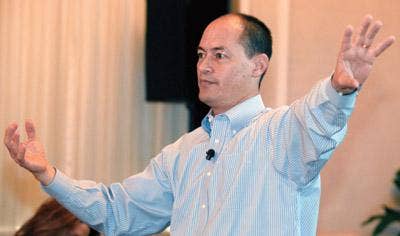
No one has even come close to matching Google's innovation in the 21st century. But innovation without channel strategy is nothing but a big black hole. That's why Stephen Cho tops our list of the most innovative executives in the business. Cho has, for the first time, driven Google hard and fast into the channel world with a program that has attracted hundreds of partners. Google not only provides healthy recurring product revenue opportunity for partners, but robust strategic consulting and services opportunities to bring customers of all kinds into the Web 2.0/utility computing era.

It is hard to find a security company that has delivered more innovative products than Sophos. That's in large part due to Steve Munford, who has made engineering excellence and customer service a hallmark of the company. Which is one reason Sophos topped the innovation and support categories for client security software in Everything Channel's 2009 Annual Report Card survey. We also give Sophos a tell-it-like-it-is thumbs up for sounding off about Windows 7 security. With Munford at the helm, Sophos is poised to outinnovate the competition for many years to come.
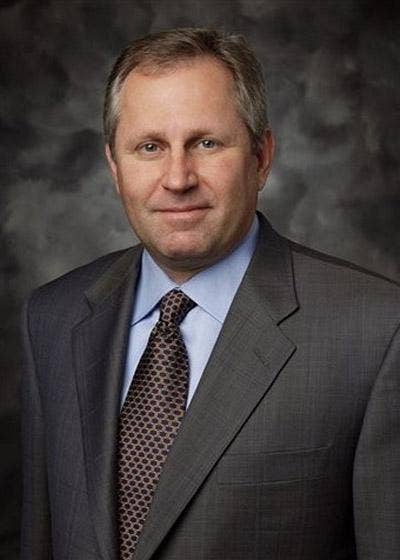
There has been a lot of speculation that Brocade is the next vendor to be swallowed up in the wave of merger and acquisition activity reshaping the computer landscape. But one thing that isn't open to speculation is just how innovative Brocade has been compared to the competition. Klayko has driven Brocade's converged network vision with a number of deals, including an OEM pact with Motorola that instantly gives Brocade a strong wireless networking footprint. Add to that deals like Klayko's $2.6 billion blockbuster acquisition of Foundry Networks in 2008, and you can see why he's high on our innovation list.
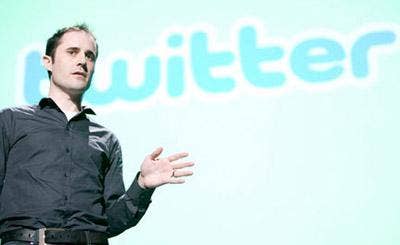
It's hard to argue about just how rapidly Twitter has changed the social networking landscape. A lot of the credit goes to Twitter's Evan Williams, who grew up on a farm in Clarks, Neb. These days Williams is thinking about how he can harvest revenue from the innovative micro-blogging service. We don't know what exactly Williams' plan is to make money from Twitter. We do know that it would be a mistake to underestimate Twitter's power.

Being innovative means driving breakthrough price performance. For examples, see Steven Chang and Asus offering netbooks with Qualcomm's Snapdragon processor and Google's Android operating system or bringing an EeeTop PC to market for $600 that features Nvidia's Ion graphics processor and a 20-inch display. Being innovative means going against the grain and breaking new ground. That is what Chang is doing to make sure Asus delivers the right product at the right price for solution providers and customers.

Emerson's David Farr shook up the data center infrastructure management market with his planned $1.2 billion acquisition of Avocent, set to close early in 2010. Farr knows that in the 21st century, it's all about software and services. That's what Avocent brings to Emerson. How ambitious is Farr's innovation drive at Emerson? He aims to bring to the market smart power and cooling software and services that will enable data center hardware to idle during off-peak periods, saving customers millions of dollars in energy costs. That's going to generate a lot of cash for his solution provider partners as they save customers big bucks.
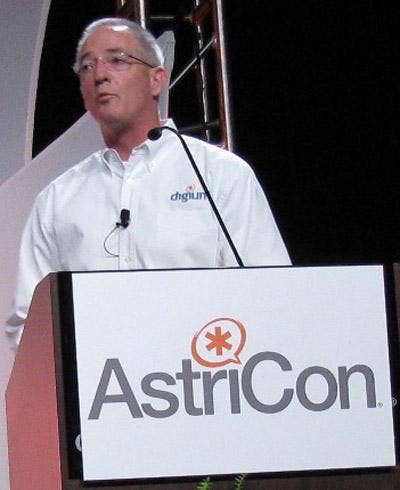
There is no more innovative VoIP company than Digium. The maker of the Asterisk open-source VoIP platform provides products that deliver high-end feature sets and strong ROI for SMB customers. But you need more than innovative technology to take on a rival like Cisco Systems; you need a great hard-driving sales channel. Windham gets it. And he has already challenged Cisco in the value networking segment as the president and chief operating officer of Adtran, experience he's sure to draw on as he brings high-margin products to the VoIP channel.

Bill Gross has never wavered from the breakthrough SaaS technology and channel vision that have made eFolder a darling of SMB solution providers. That's saying a lot. It would have been easy to change directions or give up when he lost his co-founder John Williams to a rare disease. But Gross has always believed in eFolder's superior online backup technology and the channel. And now he is driving more innovation for the channel with his September acquisition of solution provider veteran Steve Harper's DoubleCheck e-mail management and security business. The acquisition opens the door for eFolder to provide a full suite of Web 2.0 products that can be private-labeled by solution providers. Great company. Great channel commitment. This is the kind of company that gives the lumbering giants fits.
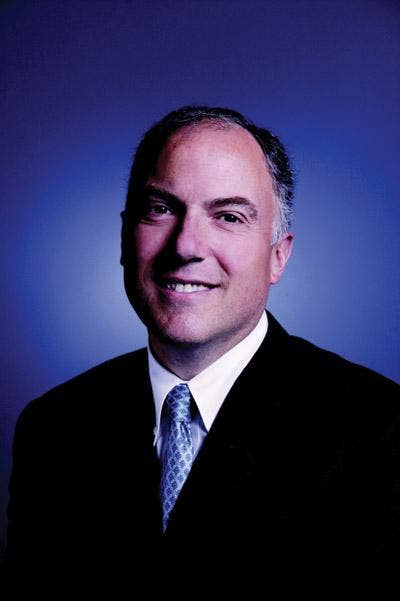
Being innovative often manifests huge sales growth. In the solution provider market, no one grew faster than BlueWater Communications Group, a New York-based VAR that grew a whopping 3,605 percent over the last two years from $1.9 million to more than $70 million. That is due in large part to Bob Cagnazzi's leadership and drive. At the heart of the BlueWater secret sauce is a financial/business modeling practice that helps clients evaluate their IT investments from an objective basis to understand the short-, mid- and long-term impact on TCO. Cagnazzi's passion for rallying his troops to beat competitors is also part of the DNA that sets BlueWater apart from the competition.

It would be hard to find someone that has done more to lead solution providers to the MSP high ground than Gavin Garbutt. The co-founder, president and CEO of N-Able is something akin to an MSP Yoda. Garbutt has always counseled solution providers to make the mental and business changes necessary to be successful before taking the MSP plunge. This year, Garbutt took it up a notch, introducing a MidMarket Partner Program that has won raves from N-Able partners. It's a big step to put MSPs into the hunt for bigger outsourcing projects. Not only that, Garbutt provided $75 million in managed services and security licenses to his partners this year in a bid to expose them to higher-margin services they may not have tried.

For OnForce, it's all about helping solution providers put more money in their pocket by getting their technicians off the services bench and extending their reach by tapping into other OnForce service providers. At OnForce, Peter Cannone, a 20-year IT veteran who was previously at PC Connection, is driving a revolutionary reset of the services business, providing an open marketplace for all kinds of services from CE installation to high-end ERP engagements.

When it comes to Skype, what's not to love? It offers the ability to make phone calls around the world over the Internet for free or at dramatic cost savings. But true innovation means getting cool technology to consumers with a robust channel. Dean is driving a revolution within Skype and the channel by championing a top-notch partner program for Skype. Dean sees Skype moving well beyond its consumer roots, taking advantage of the unified communications wave rolling over businesses. Dean is looking for partners to advise, guide and service business customers. Sounds like an invitation for big profits and sales to us.

Sure, the Apple iPhone is hot. But it would be a mistake to count RIM out. There has been no more innovative company when it comes to bringing mobility to businesses and providing a path for solution providers to make money than RIM. Lazardis' engineering vision is what made the BlackBerry a must-have platform. The biggest innovation: a new services platform unveiled in November aimed at helping developers and solution providers build and monetize location-aware applications. Look out, Apple. You have marketing pizzazz, but RIM has business savvy.
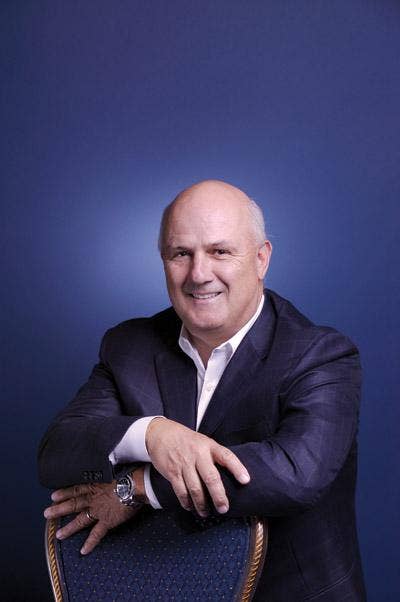
In his role at the helm of solution provider powerhouse NWN, Mont Phelps has powered right through the economic downturn by providing the most innovate technology solutions for customers bar none. That's due to Phelps' genius in building out a talented group of engineers and application developers with the highest-possible certifications for Cisco, HP and Microsoft. This year, Phelps also pushed NWN hard and fast into the public sector, including its acquisition of Tiba Solutions, a solution provider in Greenville, S.C., that brings with it an impressive application development unit. Phelps always aims high, picks the right vendor partners and has consistently maintained intellectual and technology leadership in a business moving at blinding speed.

Amazon.com's highly visible cloud computing evangelist says the recession has been a boom for his business. That's understandable given the huge economic gains customers are seeing by moving to the Amazon cloud. Amazon's Web services business is off the charts, and that is no small part due to Selipsky's tireless proselytizing of the cloud computing revolution. It's not coming; it's here. Amazon has teamed with IBM to allow customers to use Amazon Elastic Cloud Computing (EC2) services to power IBM applications. And Amazon has even launched a Cloud Database service based on the open-source MySQL database. Selipsky likes to say that customers can fire Amazon anytime if the company's EC2 platform doesn't cut the mustard. He's betting customers won't see the need to take him up on the offer.

You haven't seen true innovation until you've experienced the 3-D universes that Nvidia makes possible. That mind-blowing 3-D experience is courtesy of Huang, who co-founded the graphics processor company in 1993 and remains the president and CEO. The amazing thing is that just when you think Nvidia has hit a technology wall, Huang delivers yet another breakthrough product.

These two Danish brothers changed the world forever with their Google Maps product. But once is not enough for this dynamic duo. The two brothers now are ready for their second act -- a product called Google Wave that they claim will forever change online communications and could kill e-mail. The Wave application allows the message recipient to see your e-mail as you're writing it and then respond, thus creating a collaborative and open-ended Wave that could change communications. There are more than a few doubting Thomases, but given Google Maps' success, you better start preparing for the Wave to wash you away.

Before founding AllenPort, Allen piloted a company that developed 360-degree GPS site view street automation. Now he is giving solution providers a 360-degree view into customer's local IT environments. AllenPort's Virtual File Cabinet "mobilizes" local applications, data and settings, making it easy for MSPs to provide customers with hosted solutions. That's a big, big breakthrough for solution providers looking to provide an end-to-end cloud experience for their customers. Allen says the future of computing connects the client and the cloud. We like to say AllenPort connects the solution provider, the client and the cloud.

Mark Shuttleworth loves reaching for the stars. In fact, the founder of Canonical, which makes the open-source Ubuntu operating system, made the journey into space aboard the Russian Soyuz TM-34 Mission in 2002. Going to space. Powering a free software distribution that is giving solution providers freedom and flexibility from Microsoft's high licensing fees and love-it-or-leave-it code. It's all part of the same desire to push boldly into the unknown. Shuttleworth's latest brainchild is a partnership with IBM that has resulted in a package of personal computing software for low-cost netbook computers designed for businesses in Africa and other emerging markets. Look for Shuttleworth to continue to push beyond traditional technology boundaries to deliver better value for solution providers and customers for many years ahead.

LongJump is doing just what its name says: allowing solution providers to make the long jump into the cloud computing market via an end-to-end platform. It's all about giving solution providers everything they need to be successful to cross the chasm into the cloud. McEachern, for his part, a 20-year Silicon Valley entrepreneur, is providing the sales and marketing muscle that is setting LongJump apart from the rest of the pack. Key to that effort is a world-class solution provider program.

Server virtualization has driven huge profits and sales gains for solution providers over the last several years. But the desktop virtualization boom is just beginning. And Pano Logic is at the forefront of that boom with its all-in-one desktop virtualization offering. Since taking the CEO reins one year ago, Kish has provided the leadership and strategic direction necessary to bring Pano Logic to the masses. That includes a rich solution provider program. We think 2010 is going to be a blockbuster year for Kish, desktop virtualization and Pano Logic.

Michael Gold has been way out in front of the SaaS revolution. Before founding Zlago, he was CEO of Sphera, a SaaS platform for service providers whose customers included AT&T and Japan Telecom. At Zlago, Gold has pioneered a way for solution providers to quickly move to the cloud with a full suite of hosted Windows and desktop services, doing what Microsoft couldn't or wouldn't. Gold also gets the channel and has developed a program that allows solution providers to private-label the cloud. It's entrepreneurs like Gold that are fueling the next wave of growth for the channel.

Being an innovator means upsetting the status quo. That's exactly what Sridhar Vembu has done at Zoho, delivering at last count 19 online business applications. It's that applications muscle that is allowing solution providers to move businesses of all sizes to the cloud. The company feeling the most heat from the Zoho online applications offensive is Microsoft. That's because Zoho has even moved to provide plug-ins like a Zoho Plugin for Microsoft Office and Microsoft SharePoint. Zoho has done the same with Google, integrating Zoho Projects with Google Apps. Vembu has even moved to make it easier for customers to run Zoho applications in the data center with a pact with VMware.

The cloud needs security, too. Juan Santana has pushed Panda Security to bring to market Panda Cloud Antivirus, a security offering that uses a combination of cloud-based scanning and client software to protect PCs from viruses, spyware and other online threats. Santana is also a big believer in the channel. Hence a much-improved Panda channel program.
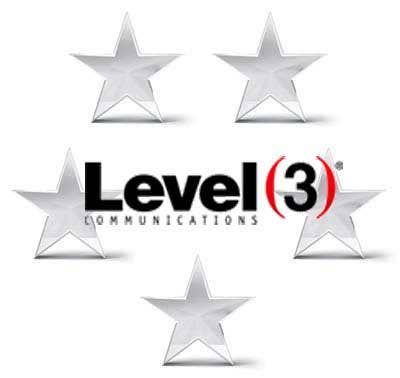
There simply is no telecom channel executive with the experience and the channel savvy of Craig Schlagbaum. That has led to a channel renaissance at Level 3 Communications, which has benefited from Schlagbaum's tireless effort to deliver the best telecommunication channel experience for partners. That meant integrating a number of Level 3 acquisitions. With the integration work completed, look for Schlagbaum to drive Level 3 Communications' channel program to the next level in 2010.